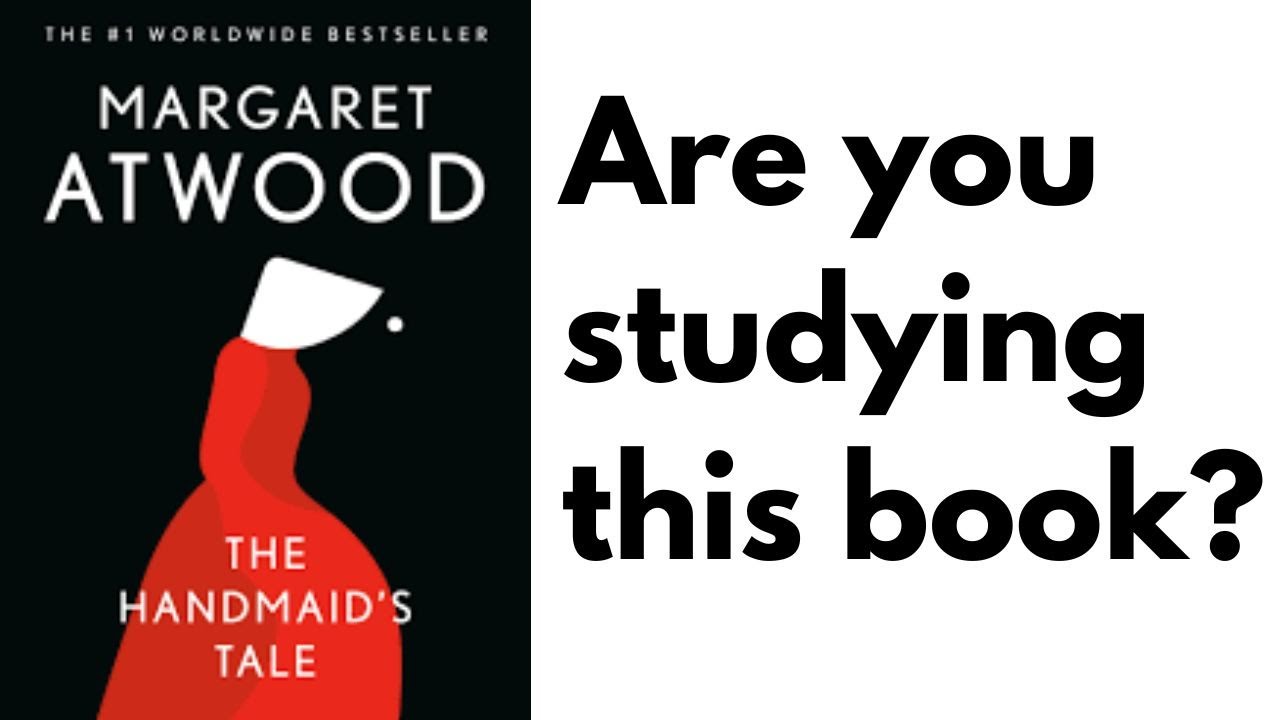Why should you read "The Handmaid's Tale"? - Naomi R. Mercer
Summary
TLDRMargaret Atwood's 'The Handmaid's Tale' envisions a dystopian future where a theocratic regime, Gilead, seizes power in the United States, drastically restricting women's rights. Women are categorized into social classes and subjected to state-sanctioned abuse, reflecting a society where complacency leads to the erosion of individual freedoms. Atwood draws parallels with historical theocracies, using this backdrop to critique the dangers of unchecked power and societal regression.
Takeaways
- 📚 Margaret Atwood's 'The Handmaid's Tale' is a speculative fiction novel set in a dystopian future where a theocratic government, the Republic of Gilead, has taken over the United States.
- 🛡 The regime in Gilead restricts everyone, but in practice, it gives a few men all the power, particularly over women, making them subservient.
- 🌐 The novel is a cautionary tale, not a prediction, warning about how societies can head towards destruction.
- 📈 It was published in 1985, during a time when conservative groups were challenging the progress of the second-wave feminist movement.
- 👥 Women in Gilead are divided into social classes based on their function and status for men, with their clothing color-coded.
- 🚫 Women are剥夺d of basic rights such as reading and free movement in public, and fertile women are subjected to state-sanctioned rape.
- 📜 Atwood's writing rule for 'The Handmaid's Tale' was to not use any event or practice that hadn't already occurred in human history.
- 🏰 The setting of Cambridge, Massachusetts, has historical ties to the Puritans, whose strict rules are mirrored in Gilead's society.
- 👩🎓 Atwood's personal connection to the Puritans is highlighted by her studies at Harvard and possible descent from Mary Webster, a woman accused of witchcraft.
- 👤 The protagonist, Offred, experiences the loss of her identity and human rights, reflecting the novel's exploration of state control over individuals.
- 🔍 The novel emphasizes the importance of resistance against political, intellectual, and sexual rules, which is central to its plot and message.
Q & A
What is the setting of Margaret Atwood's novel 'The Handmaid's Tale'?
-The novel is set in a near-future United States, where a Christian fundamentalist regime called the Republic of Gilead has established a theocratic government after staging a military coup.
How does the regime in Gilead control and categorize women?
-In Gilead, women are divided into distinct social classes based on their function as status symbols for men, and their clothing is color-coded. They are not allowed to read or move about freely in public.
What is the term for the type of fiction that 'The Handmaid's Tale' falls under, according to Atwood?
-Atwood refers to 'The Handmaid's Tale' as speculative fiction, which theorizes about possible futures, often negative or dystopian.
What was the historical context of 'The Handmaid's Tale' when it was published in 1985?
-The novel was published during a time when conservative groups were attacking the gains made by the second-wave feminist movement, which had been advocating for greater social and legal equality for women since the early 1960s.
How does the regime in Gilead treat fertile women?
-Fertile women in Gilead are subject to state-engineered rape to give birth to children for the regime, highlighting the extreme control and subjugation of women.
What rule did Atwood impose on herself while writing 'The Handmaid's Tale'?
-Atwood imposed a rule that she wouldn't use any event or practice in the novel that hadn't already happened in human history, making the dystopian setting feel more plausible and rooted in reality.
How does the Republic of Gilead resemble the Puritan society of Massachusetts?
-The Republic of Gilead resembles the Puritan society in Massachusetts with its strict moral codes, modest clothing, banishment of dissenters, and regulation of every aspect of people's lives and relationships.
What is the significance of the novel being set in Cambridge, Massachusetts?
-Cambridge, Massachusetts, had been ruled by the theocratic Puritans during the American colonial period, which provides a historical parallel to the theocratic rule of Gilead.
Who is the protagonist of 'The Handmaid's Tale' and what is her role in Gilead?
-The protagonist is Offred, a handmaid in the household of a commander. She had a normal, middle-class American life before the coup, but in Gilead, she is reduced to being a 'two-legged womb' for the regime.
How does Offred initially react to the loss of her human rights under the new regime?
-Offred initially accepts the loss of her fundamental human rights in the name of stabilizing the new government, but she soon realizes the extent of state control over her language, behavior, and thoughts.
What does the novel explore through its portrayal of resistance within the dystopian regime?
-The novel explores the consequences of complacency and how power can be wielded unfairly, with resistance being the actions of people who dare to break the political, intellectual, and sexual rules of the regime.
Outlines

This section is available to paid users only. Please upgrade to access this part.
Upgrade NowMindmap

This section is available to paid users only. Please upgrade to access this part.
Upgrade NowKeywords

This section is available to paid users only. Please upgrade to access this part.
Upgrade NowHighlights

This section is available to paid users only. Please upgrade to access this part.
Upgrade NowTranscripts

This section is available to paid users only. Please upgrade to access this part.
Upgrade NowBrowse More Related Video

A political analysis of The Handmaid's Tale

The Handmaid's Tale by Margaret Atwood Summary (Full Book in JUST 5 Minutes)

The Handmaid's Tale, Part 1: Crash Course Literature 403

Moments in History That Inspired The Handmaid's Tale |⭐ OSSA Insights

The Handmaid's Tale and The Bible - Literary Context Part 1

The Handmaid's Tale Summary & Analysis - Chapter 42
5.0 / 5 (0 votes)